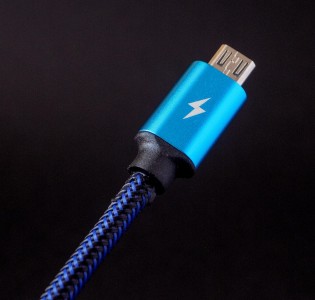Noise-cancelling earplugs have revolutionized the way we manage sound in our increasingly noisy world. From bustling city streets to the din of crowded airplanes, the ability to block out unwanted noise is a game changer for many individuals. Whether you’re a frequent traveler, a student needing to focus, or someone who simply cherishes peace and quiet, these innovative devices can significantly enhance your quality of life. Understanding the intricacies of noise-cancelling earplugs can empower you to make informed decisions about their use and selection.
The technology behind noise-cancelling earplugs is fascinating. Unlike traditional earplugs that merely block sound physically, noise-cancelling versions utilize advanced electronic systems to counteract external noise. They typically feature microphones that pick up ambient sounds and then generate sound waves that are the exact opposite, effectively canceling out the noise. This process is known as destructive interference and is the key to their effectiveness. The result is a marked reduction in background noise, allowing users to enjoy their environment in a more serene manner.
When considering the effectiveness of noise-cancelling earplugs, it’s essential to look at their specifications. Different models offer varying levels of noise reduction, often measured in decibels (dB). High-quality earplugs can reduce noise levels by as much as 30 dB or more, making them suitable for environments with significant noise pollution. However, the effectiveness can vary depending on the frequency of the sound. For instance, low-frequency noises like the hum of an airplane engine may be more easily cancelled than higher-frequency sounds such as voices or alarms.
Comfort is another critical factor in the selection of noise-cancelling earplugs. Many users find that poorly designed earplugs can cause discomfort during extended use. It’s important to choose earplugs that fit well and are made from materials that feel comfortable against the skin. Foam earplugs are a popular choice due to their soft texture, but there are also silicone and custom-molded options available. Finding the right fit can make all the difference in your overall experience.
Battery life is a practical consideration when using electronic noise-cancelling earplugs. Most models operate on batteries, which can range from disposable to rechargeable options. Users should consider how often they will use the earplugs and the convenience of changing or charging batteries. Some newer models come with energy-efficient features that extend battery life, making them more user-friendly for daily use.
Another aspect to consider is the versatility of noise-cancelling earplugs. Many models are designed for specific activities, such as sleeping, studying, or traveling. Some earplugs come with adjustable noise cancellation settings, allowing users to customize their experience based on the environment. For instance, a traveler might prefer a higher level of cancellation while on a plane, while a student might need a lower setting to remain aware of their surroundings while studying in a library.
In addition to personal use, noise-cancelling earplugs can also benefit those who work in noisy environments. Construction workers, factory employees, and musicians often face prolonged exposure to harmful noise levels. By using these earplugs, they can protect their hearing while still being able to communicate with colleagues or enjoy their craft. This dual functionality makes them an invaluable tool in various professional settings.
The market for noise-cancelling earplugs has expanded significantly, with a plethora of options available to consumers. This abundance can be overwhelming, making it crucial for potential buyers to conduct thorough research. Reading reviews, comparing features, and understanding personal needs can help narrow down the choices. Brands often highlight their unique selling points, but discerning consumers should look for evidence of performance and comfort from trusted sources.
As technology continues to advance, the future of noise-cancelling earplugs looks promising. Innovations may lead to even more effective sound cancellation, improved comfort, and additional features such as Bluetooth connectivity for listening to music or taking calls. Future research could explore the long-term effects of using noise-cancelling devices on hearing health and overall well-being.
In summary, noise-cancelling earplugs are a powerful tool for managing sound in our noisy world. Their unique technology, comfort, and versatility make them suitable for various users and situations. As we look ahead, continued advancements in design and functionality will likely enhance their effectiveness and appeal. Future research should focus on the implications of long-term use and the potential for further innovations in noise-cancellation technology.

